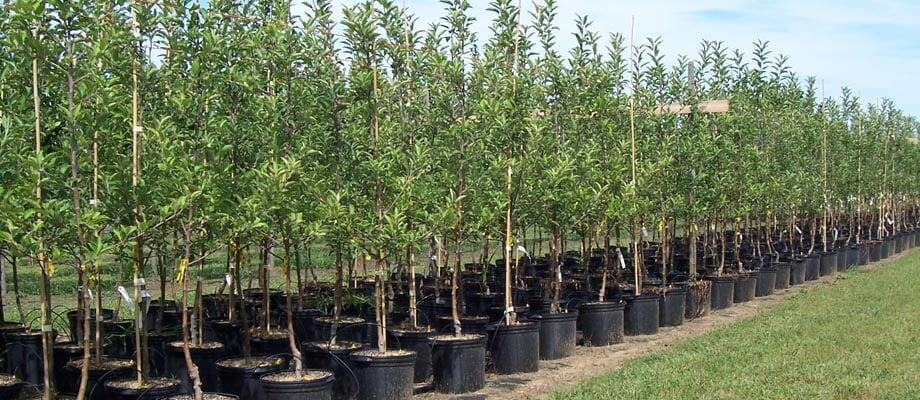“A society grows great when old men plant trees whose shade they know they shall never sit in.” – Greek proverb.

Some interesting trees on this list are:
The Sophiatown Oak
The first tree to be declared as protected under the Act in 2003 was an English oak tree (Quercus robur) in Sophiatown in Johannesburg. Estimated to be over a century old, it was the only relic and landmark from the days before the residents were forcibly relocated and the town was turned into a ‘whites-only’ suburb under apartheid. The tree is of cultural significance because it was under its leafy branches that residents and political activists used to gather for meetings.
The Sophiatown oak tree was visible from several street blocks away, with a trunk girth of 4.48m and a crown diameter of more than 30m. The Act was created by a property owner as an attempt to stop the destruction of the tree. The tree fell down in 2008, but its trunk can be viewed at the Trevor Huddlestone Centre.
The “Sagole Tree” Baobab (Adansonia digitata)
This, the largest indigenous tree of South Africa, is found in the Limpopo Province and has an average height of 22m and a stem circumference of 33.72m!
Mosselbay “Post Office Tree”
This Milkwood (Sideroxylon inerme) is of great historical importance. It is believed that an old shoe was placed underneath it in which messages were exchanged by Portuguese seafarers in the 16th century.
Largest tree in the Western Cape
This Moreton By fig (Ficus macrophylla) is one of the four largest trees in South Africa and has a height of 32.5m and a stem circumference of 11.89m. It can be seen in the Arderne Gardens in Claremont, Cape Town.
Nominating trees to be protected
Anyone can nominate indigenous or non-indigenous trees for Champion status. Trees can be listed according to size criteria like height and trunk circumference, or according to value criteria such as historic value and age.
The nomination cycle starts on 1 August each year, and ends on 31 July the following year. Thereafter, the nominated trees are assessed by a panel of experts. This panel assists The Department of Agriculture, Forestry and Fisheries with the shortlisting of trees, the details of which are then published for comment, and the trees are finally declared as protected.
